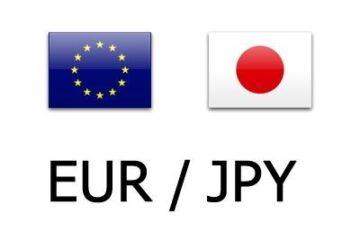By this point, we all know the drill at airport security checkpoints: shoes, belts and jackets off, computers out of bags (unless you have TSA PreCheck), water bottles emptied.
Still, getting through airport security can seem like a game of whack-a-mole these days.
💵💰Don’t miss the move: Subscribe to TheStreet’s free daily newsletter 💰💵
Even the most seasoned travelers sometimes forget they have the wrong kind of razor or scissors, or even matches in their bags, only to be frustrated when their items are confiscated and their passage through security is delayed.
Until recently, portable batteries and power banks/packs containing lithium ion were generally allowed in carry-on luggage and passed through TSA security checkpoints without trouble.
Not so anymore.
Though enforcement seems to vary by location, as summer travel gets officially underway with the upcoming Memorial Day Weekend, now is a good time to refresh your understanding of the latest FAA rules and what TSA agents are looking for.
TSA has ever-changing rules about what is and is not allowed through checkpoints.
Image source: Beck/AFP via Getty Images
TSA agents pulling these items from carry-on and checked bags
Small, lightweight portable chargers have flown under the radar for years. But lately, travelers have been reporting that TSA agents are pulling them out of their bags at security checkpoints and confiscating them.
The items aren’t banned outright, but they face new scrutiny.
According to the FAA regulations:
“Spare (uninstalled) lithium ion and lithium metal batteries, including power banks and cell phone battery charging cases, must be carried in carry-on baggage only.”
This issue seems to be that people are traveling with poorly labeled battery packs or too many battery-powered devices.
Related: The TSA just made the airport security line even worse
Here’s what the TSA now says about lithium-ion batteries and power packs:
Batteries must be under 100 watt-hours (Wh) unless the airline gives explicit approval.
Power banks must be clearly labeled to show Wh rating.
Unlabeled, oversized, or suspicious-looking chargers are at risk of being confiscated.
Carrying multiple devices may result in additional screening or confiscation.
If you plan to fly with a power pack or battery, make sure it meets the following requirements:
Less than 100 Wh and clearly labeled as such.Has TSA-compliant specifications.
TSA officers may also flag items such as heated jackets, USB lighters, and laptop or tablet charging cases, so if you are carrying multiple battery-powered items, be prepared for extra scrutiny. And don’t travel with any item you aren’t willing to give up.
Checked baggage undergoes close TSA scrutiny
Lithium-ion batteries should never be placed in checked luggage. This new rule doesn’t just apply at check-in.
When a carry-on bag is checked at the gate or planeside, all spare lithium batteries and power packs must be removed from the bag and kept with the passenger in the aircraft cabin. The battery terminals must also be protected from short circuit, per the TSA.
More on travel:
Another National Park just made it more difficult for you to visitNational Park visitor becomes first to get arrested for this in 2024The Airbnb/hotel debate is getting very tiresome
Beyond power packs, the TSA continues enforcing other restrictions many travelers remain oblivious to:
“E-cigarettes, vape pens, and most electronic smoking devices are banned from checked bags for the same fire risk reasons. One lighter is permitted per person, though torch lighters remain prohibited entirely. And all flammable materials are still forbidden.”
If you aren’t sure what you can bring, check the TSA’s “Pack Safe” tool, or risk the dreaded repacking shuffle at the check-in counter.
Related: Veteran fund manager unveils eye-popping S&P 500 forecast


